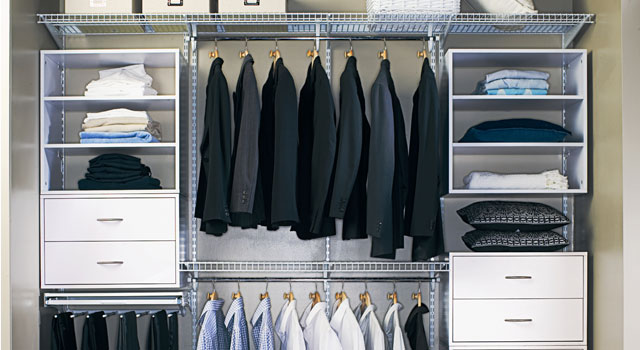Read the House Magazines or watch TV Programs and you will often notice quotes like:
“You can never have too much storage space.”
Well I think that’s BULLDUST!
If you think you need more storage space; then think about getting rid of some STUFF.
Get too much storage space and your are just going to be storing JUNK you no longer need!
10 Decluttering Ideas
Here are some things to think about before you decide how much storage you need in your new home:
- Magazines – Once you have read the magazine put it in the recyling its unlikely to be read again. If you think there is an interesting article you ‘must’ keep then rip it out and put it in a folder.
- Fiction Paperbacks – Are you really going to read that thriller again when you know ‘Who did it’
- Old Computers/Tablets/Phones – These days people seem to update their technology every couple of years but why aren’t they throwing the old away? If you have got something stored on the old device either transfer it to the new device, or store it on a hard drive.
- Media Storage – Still got some Video Tapes, LPs in boxes? Why? even CDs /DVDs are gettinng to be old technology. Unless you are a serious collector or regularly play them copy to a hard and send them to the OP shop.
- Pictures and Ornaments – No longer like the picture or ornament? Then why are you keeping it in a box in the garage?
- Clothes and Shoes – No longer fits, needs repair, or haven’t worn in a year? Then it could be time to go.
- Bedding – You can get by with two sets of sheets for adults, four if you prefer warmer sheets in winter. Children possibly an extra set or two in case of accidents. So get rid of the rest.
- Children’s Toys – We have been guilty of saving toys for future grandchildren, but unless they are classics like Lego will the future children want them?
- Kitchen Gadgets – Got a pineapple corer, egg slicer, potato chipper . . . . or any other of those kitchen devices that take more time to clean than doing the job with a knife? Unless you are using at least 4-5 times a year its just wasting space!
- Glasses and Crockery – The set may have been a wedding present. . . . but if you have dropped, and smashed 3 out of the 6 it might be time to ditch the rest.
What do you think you can get rid of ?
